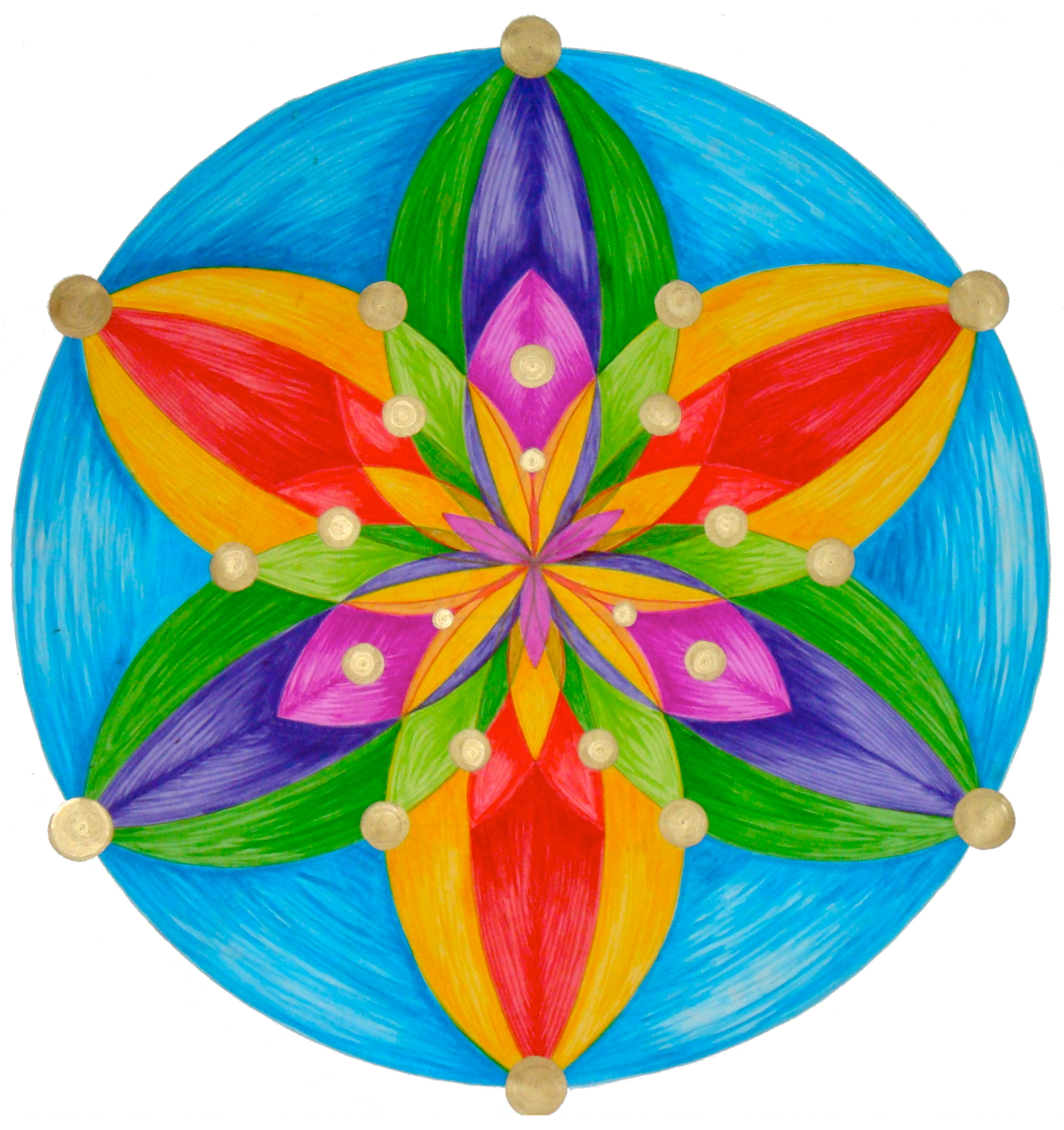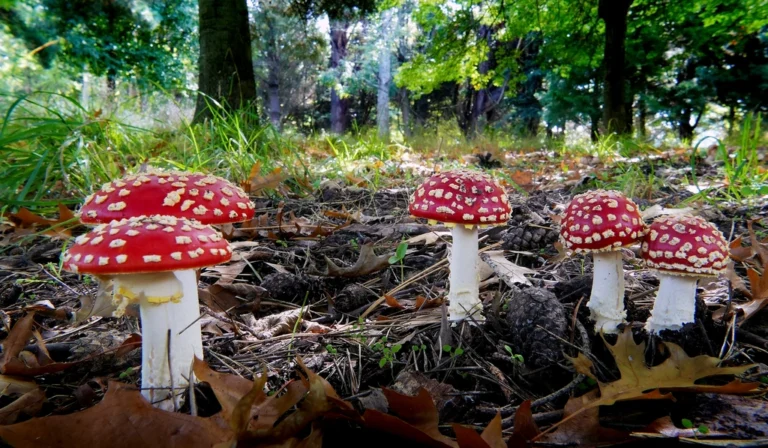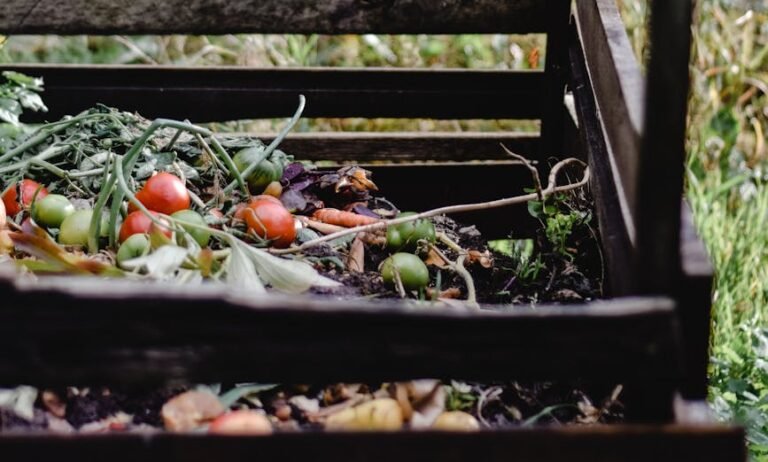The Quiet Power of Botanical Wisdom
In a world that often celebrates the loud and immediately visible, certain plants invite us to redirect our attention to discover profound usefulness in unexpected places. The violet—with its modest presence and gentle appearance—offers a compelling invitation to explore how quieter forms of power can transform our relationship with the natural world and ourselves. This unassuming flower, thriving in partially shaded spaces often overlooked, contains a universe of possibility spanning culinary artistry, healing wisdom, ecological significance, and symbolic depth.

Reclaiming Our Botanical Heritage
The gap between humans and the plant world represents not merely an ecological concern but a disconnection from knowledge that sustained our ancestors through thousands of years. In rediscovering the many uses of plants like violet, we reclaim not only practical applications but a way of engaging with our environment that honors complexity and the subtle intelligence embedded in natural systems. This reconnection empowers us to move beyond passive consumption toward active partnership with the botanical realm that supports all life.
Understanding Violet’s Nature
The term “violet” encompasses primarily the genus Viola, comprising over 500 species across varied ecosystems. These unassuming flowers often emerge in lawns, woodland edges, and partially shaded areas. The common violet and the sweet violet represent the most widely recognized forms, characterized by their distinctive five-petaled structure and heart-shaped leaves.
What makes violets special beyond their beauty is their complex mixture of beneficial compounds. The plant contains unique proteins called cyclotides, flavonoids, alkaloids, and saponins that together create its biochemical identity and support its many uses.

Identification and Ecological Importance
Violets can be recognized by their basal rosette growth pattern, where heart-shaped leaves emerge directly from the ground rather than from tall stems. This growth habit—an adaptation to partial shade environments—creates the characteristic low profile that has connected violet with cultural associations of humility.
The defining flower structure—five petals arranged in a specific pattern—offers the most recognizable identification feature. The distinctive “face” of the violet flower emerges through this arrangement: two upper petals, two lateral petals, and one lower petal that often displays nectar guides visible primarily to pollinating insects.
Several species worth knowing include:
- Viola odorata (Sweet Violet) – Known for its intense fragrance and deeper purple hues
- Viola sororia (Common Blue Violet) – Widespread throughout North American woodlands and meadows
- Viola tricolor (Wild Pansy) – Notable for its distinctive tricolor pattern of purple, yellow, and white petals
- Viola canadensis (Canadian White Violet) – Characterized by white flowers with yellow centers and purple backing
Ecologically, violets play a subtle but significant role in their native habitats. Their relationship with specific butterfly species represents one of the most compelling aspects of their ecological importance. Fritillary butterflies maintain an essential relationship with violets—their caterpillars feed exclusively on violet foliage, having evolved specialized digestive systems to process compounds that would deter other insects.
Beyond these specialized relationships, violets contribute to ecosystem health through soil stabilization and by providing crucial nectar resources for early-emerging pollinators when other flowers aren’t yet blooming.
Nutritional and Healing Properties
The biochemical makeup of violets reveals a sophisticated array of compounds that explain the plant’s nutritional and therapeutic abilities. Modern research has identified specific active components that validate historical uses while providing explanations for their effects.
From a nutritional perspective, violet leaves and flowers offer an impressive micronutrient profile including:
- Vitamin C – Present in significant quantities, particularly in fresh leaves
- Vitamin A – Available through beta-carotene compounds
- Minerals – Including potassium, magnesium, and calcium
- Rutin – A bioflavonoid compound that supports blood vessel health and shows anti-inflammatory properties
The plant’s therapeutic qualities emerge through specific compound groups:
- Cyclotides – Circular proteins unique to certain plant families including violets, showing antimicrobial and potential anti-cancer properties
- Flavonoids – Including compounds responsible for the characteristic color and associated with antioxidant activity
- Alkaloids – Compounds that contribute to violet’s mild pain-relieving effects
- Saponins – Complex compounds that help loosen mucus in the respiratory system
Clinical research, while still developing, has begun to validate specific therapeutic applications. Studies into violet-derived compounds have demonstrated promising antimicrobial activity against resistant bacteria, while other research has confirmed anti-inflammatory effects in multiple tissue types.
The plant’s therapeutic influence works across several body systems:
- Respiratory System – The combination of expectorant properties and anti-inflammatory compounds explains violet’s historical use in respiratory conditions
- Skin – Topical application leverages anti-inflammatory and mild antiseptic properties for skin irritations
- Lymphatic System – Traditional applications for lymphatic congestion find support through studies showing improved lymphatic drainage with certain violet preparations
- Immune System – The presence of immune-modulating compounds and supportive nutrients like vitamin C suggests mechanisms for observed immune-enhancing effects

Culinary Applications
The incorporation of violets into culinary traditions showcases humanity’s ability to transform plants into expressions of cultural creativity. The violet’s contribution to cooking extends beyond mere decoration, though its visual appeal certainly enhances presentations from salads to desserts with its distinctive color and form.
The flavor profile of violet flowers—a delicate sweetness with subtle complexity—has been captured through various extraction methods. What makes violet especially interesting in cooking is how it transcends categories—functioning simultaneously as flavor, visual element, and textural component. The flowers offer their sweetness while the leaves provide a subtle peppery note that complements spring greens in salads.
Violet Honey Infusion
Ingredients:
- 2 cups fresh violet flowers, thoroughly cleaned and stemmed
- 2 cups high-quality raw honey
- 1 tablespoon fresh lemon juice
Preparation:
- Gently rinse violet flowers and allow to dry completely on clean towels
- Warm honey in a double boiler until just fluid but not hot
- Add violet flowers to the honey, stirring gently to immerse
- Allow the mixture to infuse for 2-3 days in a sealed glass container, keeping in a warm place
- Strain the mixture through fine cheesecloth, pressing gently to extract all essence
- Add lemon juice, which enhances the violet color through reaction with natural plant pigments
- Transfer to clean glass jars and store in a cool, dark place
This infusion captures the floral complexity of violets while preserving their nutritional benefits. Use as a finishing touch for desserts, a sweetener for teas, or drizzled over artisanal cheeses.
Medicinal Traditions
The therapeutic applications of violet reveal the plant’s important role in healing traditions that span continents and eras. Historical medical texts from Ancient Greece through medieval European herbalism document violet’s use in treatments for conditions ranging from respiratory problems to skin concerns.
Traditional healers understood violet as a cooling plant—capable of reducing inflammatory processes and calming excess heat manifestations in the body. Modern science has identified specific compounds that validate these historical applications: the presence of salicylic acid derivatives connects to anti-inflammatory effects, while mucilage compounds explain the plant’s effectiveness in respiratory conditions through their soothing action on irritated tissues.
The violet’s expectorant properties are particularly significant for respiratory health. The plant helps release congestion while simultaneously soothing irritated tissues—a dual action that exemplifies the sophisticated relationship between plant compounds and human physiology.
Skin applications constitute another significant dimension of violet’s medicinal abilities. The plant’s anti-inflammatory and mild antiseptic properties make it valuable in treating skin conditions characterized by irritation. Historical preparations ranging from violet-infused oils to compresses demonstrate an intuitive understanding of the plant’s beneficial interaction with human tissue.
Violet Respiratory Syrup
Ingredients:
- 1 cup fresh violet flowers and leaves, carefully harvested
- 2 cups filtered water
- 1 cup raw honey
- 1 tablespoon fresh thyme leaves
- 1 teaspoon freshly grated ginger root
Preparation:
- Gently wash violet plant material and pat dry
- Bring water to a simmer in a non-reactive pot
- Remove from heat and add violet flowers, leaves, thyme, and ginger
- Cover and steep for 4-6 hours, allowing the water to extract soluble compounds
- Strain the infusion through muslin cloth, pressing to extract all liquid
- Return liquid to low heat and add honey, stirring until completely dissolved
- Simmer very gently until slightly reduced and syrupy in consistency
- Transfer to clean glass bottles and store in refrigerator
This preparation harnesses violet’s expectorant and anti-inflammatory properties alongside complementary plants that enhance respiratory function. The traditional dosage—one teaspoon as needed for mild cough or congestion—represents a balanced approach to respiratory support.

Cosmetic Applications
The flower’s gentle astringent properties make it valuable in facial preparations designed to refine skin texture and address specific concerns. Historical beauty manuals document violet-infused waters and creams that promised to soften, tone, and clarify the complexion—applications that modern cosmetic chemistry has revisited through isolation of specific active components.
The violet’s aromatic dimension proved equally significant within perfumery traditions. The delicate, sweet scent became a distinctive note in fragrance compositions.
What emerges through examination of violet’s cosmetic history is a recognition of the plant’s capacity to function simultaneously as therapeutic agent and sensory experience. The violet’s cosmetic presence transcends mere superficial application, instead representing a complex balance between aesthetic desires, sensory pleasure, and genuine biological effectiveness.
Violet Facial Toner
Ingredients:
- 1 cup fresh violet flowers and leaves
- 2 cups distilled witch hazel
- ¼ cup rose water
- 1 tablespoon vegetable glycerin
- 5 drops lavender essential oil
Preparation:
- Harvest violets in morning after dew has dried but before full sun exposure
- Combine plant material with witch hazel in a sealed glass jar
- Allow to soak for 10-14 days in a cool, dark location, shaking gently daily
- Strain through fine cheesecloth, expressing all liquid from plant material
- Add rose water, glycerin, and essential oil, mixing thoroughly
- Transfer to dark glass bottles with fine mist sprayers
- Store in refrigerator between uses to maximize preservation
This preparation harnesses violet’s astringent and anti-inflammatory properties to create a skin treatment that simultaneously tones, soothes, and balances. Applied after cleansing, this toner helps restore skin’s natural pH while delivering active compounds that support tissue health.
Harvesting and Preparation
The responsible harvesting of violets represents an essential practice that bridges ethical wildcrafting principles with practical considerations of plant potency and sustainability. Optimal harvesting comes through attention to timing, ecological impact, and botanical factors that collectively determine both the quality of harvested material and the impact on plant populations.
Temporal Considerations
- Flowers – Harvest in mid-morning after dew has evaporated but before full sun exposure
- Leaves – Young leaves harvested in early spring contain highest concentrations of certain compounds
Ethical Harvesting Practices
- Harvest no more than 10-20% of plants in any given area
- Leave intact patches as reproductive reservoirs
- Focus on abundant species rather than rarer varieties
- Consider growing your own frequently used species rather than repeated wildcrafting

Violet as Metaphor
In a cultural environment that often equates value with visibility and dramatic effect, the violet’s subtle presence yet profound utility challenges prevailing assumptions. The plant embodies a form of quiet significance—making essential contributions without commanding attention.
The violet’s many uses across seemingly separate domains—culinary, medicinal, ecological, symbolic—also invites reflection on artificial boundaries that fragment our understanding of natural entities. This perspective aligns with emerging holistic approaches that seek to understand plants as integrated systems rather than collections of isolated compounds or functions.
Interconnected Dimensions
Violet’s diverse applications reveal patterns of human-plant interaction that transcend specific uses to illuminate broader dynamics of relationship. The plant has participated in culinary tradition, healing practice, ecological systems, and cultural meaning-making—not as separate domains but as interconnected dimensions of an integrated relationship between human communities and plant life.
As contemporary society navigates complex environmental challenges and seeks sustainable approaches to meeting human needs, the violet offers a compelling study in multidimensional utility. Its applications demonstrate how a single botanical species can provide diverse benefits without requiring intensive cultivation or resource expenditure—a model of botanical relationship that contrasts sharply with industrial agricultural systems.
The violet, in its unassuming beauty and diverse utility, invites us to reconsider assumptions about value, significance, and relationship—suggesting that sometimes the most profound contributions emerge from the most modest sources, and that true understanding requires attention to the quiet voices and subtle presences that might otherwise escape our notice. In this recognition lies not merely botanical appreciation but an empowering invitation to perceive significance beyond the immediately apparent—a capacity that may prove essential in navigating the complex ecological and social challenges of our time.




